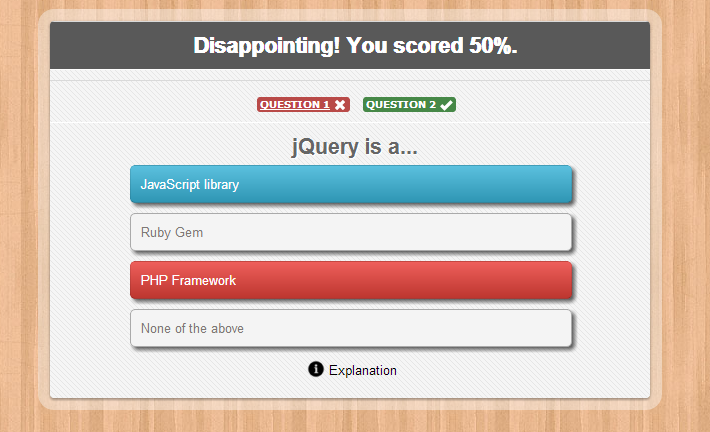
Using Sitemaps for Your WordPress Themes
Why Sitemaps Important ?
- Your website is genuinely large or has a lot content under many different categories. When websites become larger they make it more difficult for search engines to navigate and crawl through newer content.
- If you have a lot of content which has been poorly linked to each other, if you have any content that is isolated from your website. This content, which otherwise has no reference is basically an orphan and has no means of access for a visitor. Let us for a second assume, that this isolated content lacks any incoming links from other websites as well. In such a situation, if search engines do not provide a link for them, they will be totally isolated with no traffic what so ever. A sitemap will cover non-referenced, isolated content on your website.
- Sitemaps also take into account websites’ rich media information and meta data. This helps search engines understand what your website is all about and also the importance of particular URLs on your website relative to other URLs on the same site.
- Google also informs us that sitemaps may aid the websites themselves, although a sitemap does not guarantee that every web page is indexed.
In short, it is definitely better to have sitemaps than it is, not to have them. They make a search engine’s job a bit easier and most web admins who submit their sitemaps tend to benefit from it more often than not.
How Do You Create A Sitemap ?
You can either create it using a dedicated plugin for sitemaps or you can use a search engine optimization plugin. Given that a great number of WordPress bloggers use Yoast SEO (previously know as WordPress SEO), I’ll start by discussing how we can create and submit sitemaps using Yoast SEO.
Yoast SEO
If you are using a search engine optimization plugin either Yoast SEO or something similar, you normally wouldn’t have to do anything. Sitemap generation is typically enabled by default.
It isn’t sufficient to merely create the sitemaps – search engines need to be notified of the change. Yoast makes this easy, since the plugin automatically pings Google and Bing.
Yoast SEO also produces an XML stylesheet which can be read as a HTML file. The importance of this lies in the fact that you can actually verify that the right URLs are represented and included with appropriate priority in the sitemaps.
It is important to ensure that your sitemap is frequently updated, or at least as frequently as you publish new posts in the very least. From the XML stylesheet above, you’ll notice there is a priority rating for each URL, a frequency for sitemap generation with the number of images and the last change date specified.
All of this information is very relevant to your search engine rankings. For example, the freshness of your content including the amount of change on your website, the frequency of change and how old the content is. All three of these factors can greatly affect your site’s search engine rankings.
You can read this excellent post on Moz about Google’s policy when it comes to freshness of content. Keeping your content updated and relevant coupled with frequent generation of sitemaps is very effective at ensuring that your content never looses ground on search rankings because the content may be considered stale.
XML Sitemap Generator
Another plugin that I would like to introduce is the XML Sitemap Generator. On the off chance that you do not use Yoast SEO and your current search engine optimization plugin does not provide a sitemap. This plugin creates a sitemap which is stored and made available to search engine crawlers. As you can see from the screenshot below, the website’s sitemap is stored on arnebranchhold.de/sitemap.xml.
XML Sitemap Generator notifies Google and Bing automatically just as the Yoast SEO plugin does. The sitemap’s URL is added to the robots.txt file which the first destination of search engine bots to find more information about the website (and in case you were wondering, the robots.txt file is basically what tells search engines which URLs not to crawl, where as a sitemap is designed to do the exact opposite).
With XML Sitemap generator plugin, you can specify which of the following is included in your sitemap. Similarly, you can also exclude certain specific posts and certain categories:
- Homepage
- Posts
- Pages of multi page posts
- Static Pages
- Categories
- Archives
- Author Pages
- Tag Pages
Apart from the ability to decide which parts of your website gets included as part of your web sitemaps, you can also assign specific values of priority and frequency of sitemap generation for each of the aforementioned aspects of a WordPress website.
Conclusion
There is ever more emphasis on developing better machine learning based algorithms, search engines like Google are literally getting smarter. But no matter how smart they get, a sitemap can always help the crawlers to act intelligently and it gives you some quantum of control over how seriously a search engine takes the different parts of your website.











